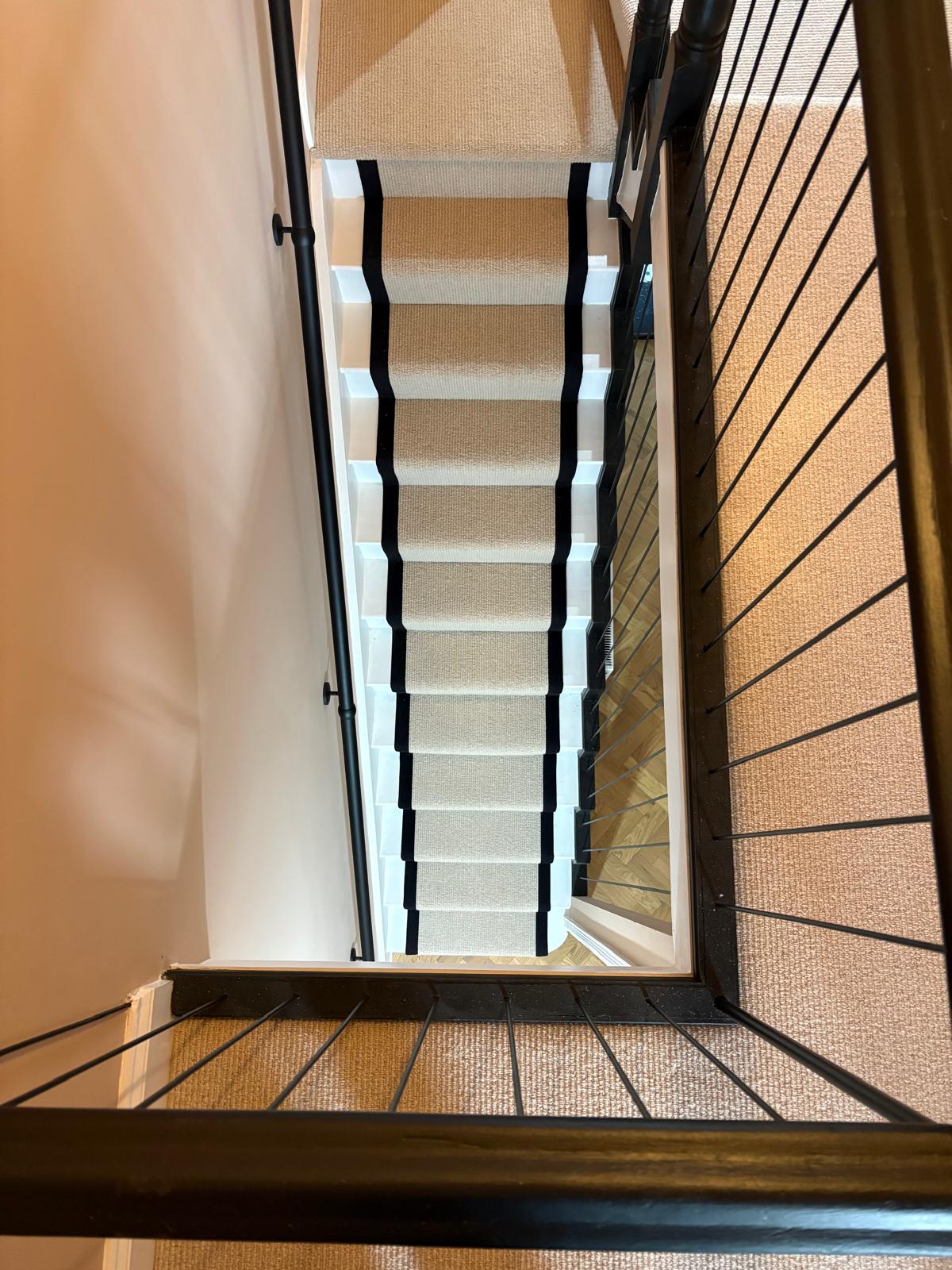If you’ve ever rented out a property, you already know one truth — tenants can be rough on floors. Whether it’s heavy furniture, muddy shoes, or pets running about, rental flooring takes more abuse than most homes do in a decade. Choosing the right material isn’t just about looks; it’s about saving yourself the hassle of constant repairs and replacements.
Here’s a breakdown from a flooring installer’s point of view — what lasts, what doesn’t, and what gives you the best value long term.
Start With Durability, Not Price
Landlords often look at the upfront cost first, but that’s a trap. The cheaper the floor, the sooner you’ll be paying for another one. A slightly higher spend now can save you hundreds over a few years of tenancies.
Durability depends on three things: material quality, fitting, and maintenance. Even the best floor will fail if it’s badly fitted or laid over a dodgy subfloor. The goal is to find something that looks good, cleans easily, and shrugs off daily abuse.
LVT: The All-Rounder That Survives Tenants
If there’s one material that’s made for rental properties, it’s Luxury Vinyl Tile (LVT). It looks sharp, feels solid underfoot, and it’s waterproof — ideal for kitchens, bathrooms, or even living areas where spills are bound to happen.
There are two main types: LVT gluedown & LVT click.
- Gluedown LVT is rock solid once fitted. It doesn’t lift or shift easily and can handle years of heavy traffic. It’s a bit more work to install, but it’s nearly bulletproof.
- Click LVT fits together like laminate, floating above the subfloor. It’s quicker to lay and can even be replaced plank by plank if damage occurs.
From a landlord’s view, LVT is easy to clean and doesn’t swell or mark easily. It’s perfect if you’re dealing with multiple tenants or short-term lets. The only catch: make sure the subfloor is prepped properly — no damp, no dips, no grit — or it’ll telegraph through the surface.
Laminate Flooring: Still a Solid Option
Laminate flooring has come a long way. The older stuff used to lift or swell if a drink spilled, but modern versions with tight click systems and moisture-resistant cores hold up well.
If you’re going with laminate, focus on durability ratings — anything rated AC4 or AC5 is tough enough for rentals. It’s also cheaper to fit than real wood, and easy to replace sections if damage occurs.
The downside? Standing water is its enemy. Bathrooms and wet kitchens aren’t ideal for it. But for lounges, bedrooms, and hallways, it’s a clean, tidy, and durable option that still gives that “wood floor” look most tenants like.
Just make sure the fitter leaves proper expansion gaps — that’s where most laminate floors fail. If the floor can’t move slightly, it’ll start lifting or creaking within months.
Carpet: Comfort With a Catch
Carpet in rentals is always a balancing act. It feels warm and homely, which helps properties rent faster, but it stains and wears quickly. If you’re using carpet, choose wisely.
Go for mid-range twist pile or hard-wearing loop pile carpets rather than plush deep pile. They hide dirt better and don’t flatten as easily. Colour matters too — mid-grey or beige hides wear and tear far better than light tones.
Pair it with a decent underlay. A good underlay makes even budget carpet feel more expensive and helps it last longer. Skimping on underlay is one of those false economies you’ll regret when you’re replacing the same carpet two years later.
Carpet still makes sense in bedrooms or upper floors where tenants want comfort and warmth. For high-traffic areas, stick to hard flooring that can take more punishment.
Real Wood: Beautiful, But Not for Rentals
Real wood floors look stunning, but they’re not built for rental life. They expand, contract, scratch, and mark easily — especially when tenants don’t treat them carefully. Even engineered wood, though more stable, can still suffer from moisture or rough handling.
If you’ve already got wood floors, protect them with a high-quality lacquer or oil finish and include “no wet mopping” in your tenancy agreement. Otherwise, if you’re installing from scratch for a rental, LVT or laminate will give you the same look with far less stress.
Keep Repairs Easy
When you’re managing rental properties, you need flooring that’s simple to repair or replace in sections. That’s where LVT click and laminate shine — if a plank’s damaged, a fitter can pop it out and replace it without redoing the whole room.
Avoid glued-down sheet vinyl or tiled flooring that locks you into major refits. The less downtime between tenants, the better.
Maintenance and Cleaning Matter Too
Don’t forget to think about cleaning and upkeep. Floors in rentals need to be low-maintenance — quick sweep, mop, and done.
LVT is best for this. It handles most cleaning products without staining or dulling, and it doesn’t need polishing or refinishing. Laminate’s easy too, just avoid soaking it. Carpet will always need more attention, but using stain-resistant materials or dark tones helps.
Leaving tenants with a small care guide during check-in (simple things like “don’t mop real wood with water”) can save arguments later when they move out.
The Bottom Line
The best flooring for rental properties isn’t just about looks — it’s about practicality, longevity, and quick turnaround between tenancies.
If you want something that’ll handle heavy use and still look good years later, LVT (either gluedown or click) is the top pick. Laminate is close behind for dry areas, and carpet still has a place in bedrooms if you choose the right type and underlay. Real wood might impress on day one, but it won’t thank you after three tenants.
Flooring is one of those things you only want to do once per property. Choose the right material, fit it properly, and you’ll save yourself a lot of stress down the line.



